Best kids bike helmets 2025
Whether your child is just starting to pedal or is already cycling to school each morning, their safety is always a top priority. That's why many parents opt for one of the best kids bike helmets to protect their little one's head.
However, with so many helmets on the market, it can feel overwhelming to figure out which one is best. That’s where Cycle Sprog comes in. Since 2012, we’ve been dedicated to family cycling, reviewing the latest products designed for young riders.
During that time, we’ve tested a wide range of bike helmets tailored for children, giving us a solid understanding of what makes a good helmet stand out. To help you, we've curated a selection of the best kids' bike helmets available right now.
Pressed for time? Head straight to our quick picks section for our top three recommendations, covering various price ranges. You’ll also find some top tips to help narrow down your choices quickly. Keep scrolling to explore our full list of helmets, and don't miss the in-depth buying advice at the end if you want more detailed guidance.
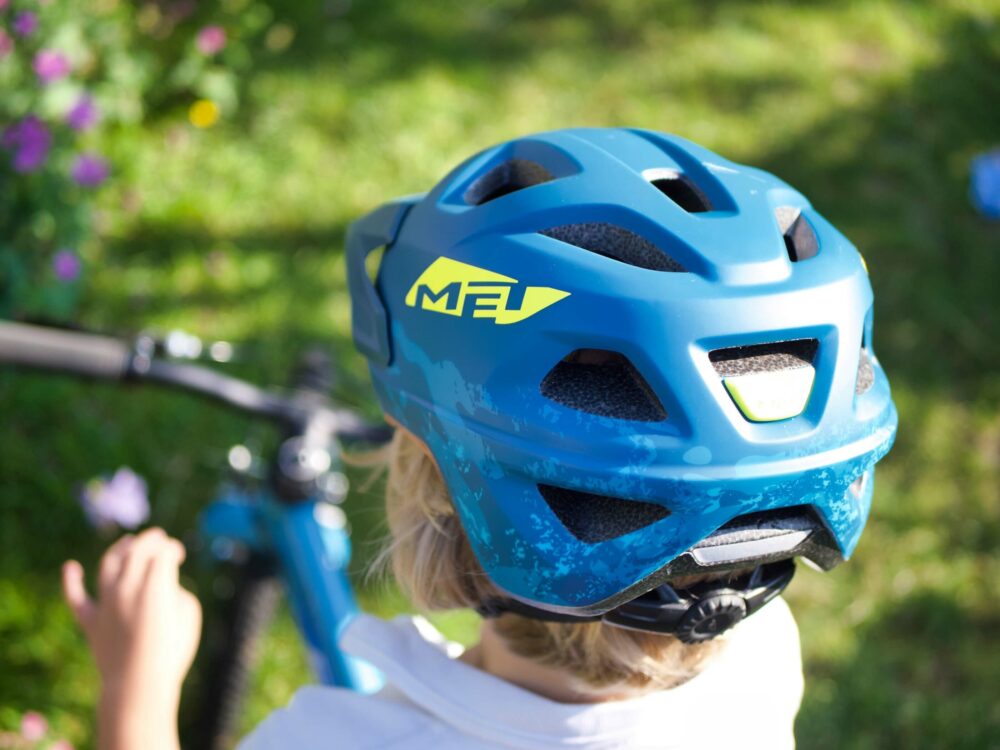
Before making your purchase, it’s crucial to get the size right! Use our simple guide on how to measure your child’s head for a bike helmet.
The helmets featured here are designed for head sizes between 52-57 cm (approximately), which typically covers toddlers to teenagers. They range in style, from playful 'skate' designs to more serious mountain biking helmets.
If you’re shopping for an older child or teenager, don’t forget to check out our guide to the best bike helmets for teenagers. For the youngest riders, we’ve also rounded up the best bike helmets for babies and toddlers.
Once you've got your helmet sorted, make sure to visit our where to ride section for fantastic route ideas to inspire your next family cycling adventure.
Contents
Use the links below to jump to the most relevant section for your needs.
Cycle Sprog is a reader-supported website. When you buy through links on this page we may earn an affiliate commission.
Quick picks: for parents in a hurry
If you haven’t got time to scroll through the entire list, then these are our top three picks from the bunch, covering a range of budgets.
- Best budget option: Decathlon 500 kids helmet (£12.99
£15.99) - Simple, affordable and safe - Best mid-range option: Hornit kids' bike helmet (£29.99) - Fun designs and afro-friendly.
- Best premium option: MET Eldar Youth MIPS (£52.99
£69.99) - MIPS-equipped, packed with features
Top tips: choosing the right helmet
When choosing a new helmet for your child, there are a few key factors to keep in mind.
- Safety standards: Every helmet we feature meets British or European safety standards, with some offering additional protection like the Multi-directional Impact Protection System (MIPS).
- Adjustability: Look for helmets with adjustable straps, clips, and dials to ensure a secure and comfortable fit.
- Comfort: Padding and ventilation are essential for keeping your child cool and comfortable, especially during summer rides. A lighter helmet will also feel more comfortable over longer periods.
- Individual needs: Many helmets are designed for short, straight hair, but we’ve highlighted options suitable for afro/curly hair and Sikh hairstyles. Some helmets are also more ponytail-friendly than others.
- Style: As long as the helmet meets safety and comfort requirements, there's no harm in choosing one based on appearance. Many kids have a favourite colour or design, and there are plenty of fun options available to make helmet wearing enjoyable for younger children.
MET Eldar MIPS Youth
Best lightweight helmet with MIPS
- Price: £52.99
£69.99 - Size: 52-57cm
- Colours: Orange, pink
- Safety standards: CE; AS/NZS EN 1078
- Weight: 300g
Buy if: Saving on weight is important to you.
The MET Eldar MIPS Youth is another mini mountain bike helmet that doesn’t skimp on features or quality. If you're happy to spend just £5 more, you’ll get a reduction of 15g from the total weight. This may seem negligible, but to some people saving weight is hugely important, especially if they’re racing or struggling with the heat in summer. The Eldar MIPS Youth is comfortable and easy to adjust, and a great option overall.
You can find out more in our MET Eldar MIPS Youth review.
B’Twin 500 Children’s Helmet
Best budget kids bike helmet
- Price: £12.99
£14.99 - Size: 48-52cm (XS) / 53-56cm (S)
- Colours: Pink, blue, yellow, red
- Safety standards: EN 1078
- Weight: 200g (XS)/220g (S)
Buy if: You want something cheap and cheerful that does the job.
We understand that not everyone wants to spend upwards of £50 on a helmet, especially when their child is new to cycling and may not spend much time on a bike. At the same time, there’s a very reasonable fear of buying cheap in case it doesn’t provide the protection you want. Rest assured, the B’Twin 500 Children’s Helmet from Decathlon conforms to the same European safety standards as all the other kids’ bike helmets featured here in this list, but at a much lower price. It is very lightweight too.
Hornit kids helmets
Best for fun designs and afro hair
- Price: £29.99
- Size: Small (48-53cm) Medium (54-58cm)
- Colours: Choice of 12 designs
- Safety standards: CPSC, EN 1078
- Weight: 320g
Buy if: Style is important, or your child has curly/afro hair
The skate-style Hornit kids’ bike helmet comes in 12 fun designs, mostly patterns, but also one in black. Whether they’re obsessed with dinosaurs or unicorns, or have a preference for pugs or astronauts, Hornit’s fun designs mean there’s likely something for any child. As an added bonus, this helmet offers a good fit for curly hair, including afro hair because it's wider than most other bike helmets. We also like that the Hornit helmet comes with a built-in LED light.
For more detail, take a look at our Hornit kids’ bike helmet review.
Bold kids helmet
Best helmet for Sikh kids
- Price: £59.99
- Size: Small (48-56cm), Medium (56-59cm)
- Colours: Black, blue, red, green
- Safety standards: CPSC, EN 1078, ASTM
- Weight: 320g
Buy if: Your Sikh child needs a helmet that accommodates their hair covering.
The unique shape of the Bold kids’ helmet is specifically designed to accommodate patkas, a Sikh head covering which is worn by many Sikh children. With almost all mainstream bike helmets designed with western customers in mind, the Bold makes for a refreshing change. It’s actually marketed as a multi-sports helmet, making it suitable for skateboarding and scootering as well as cycling.
How to choose from the best kids bike helmets
If you’re in need of a bit more buying advice before you make a purchase, then here are some of the key things to consider.
Is wearing a helmet a legal requirement?
In the UK, wearing a helmet while cycling is not a legal requirement.
However, in other countries, such as Australia and some US states, it is mandatory, so always check the regulations for the area where you’re riding.
Does my child need to wear a bike helmet?
Unless it’s legally required, or mandatory for a specific event, location, or cycling club, the decision to have your child wear a helmet is ultimately yours.
Many parents choose to ensure their child is always wearing a helmet, but it’s not always easy. Young children, especially toddlers and teenagers, may resist wearing one altogether!
To help you weigh up your options, check out our article, should my child wear a bike helmet?
What is MIPS and do I need it?
When looking into bike helmets, you’ll often encounter MIPS (Multi-directional Impact Protection System) or similar forms of rotational impact protection.
The idea is that during a crash, when the helmet strikes a hard surface, the force on the head isn’t just a direct hit but also includes “rotational shearing forces.”
MIPS adds a layer inside the helmet that can move slightly, allowing the outer shell to rotate independently of the head. This aims to reduce the risk of brain injury in an impact. Other brands now offer similar technologies, but MIPS remains the most common in kids' helmets.
As for whether it’s essential, there’s no definitive answer. It can offer extra protection, but at a higher price. Helmets without MIPS still meet standard safety tests and provide effective protection.
For more information, read our article, does my child need MIPS in their cycle helmet?
What are the safety standards a child’s helmet should meet?
Bike helmets undergo various safety tests, and as a parent, it’s natural to want the best protection for your child. The main safety standard to look for is EN 1078 (European) or BS EN 1078 (UK), and all the helmets we recommend meet this requirement.
For a deeper understanding, see our full article on safety standards to look out for when buying a kids bike helmet.
What size helmet does my child need?
Just like a pair of shoes, a poorly fitted helmet can cause problems—too tight, and it’s uncomfortable; too loose, and it can slip, potentially leading to injury. Never buy a helmet that's too big for your child to "grow into."
All the helmets listed here come in various size ranges, and some offer multiple sizes. It's crucial to measure your child’s head circumference before purchasing to ensure a proper fit. Ideally, the helmet should fit snugly, with some room to grow, but still be adjustable for a secure fit from the start.
For guidance, check out our handy guide on how to measure your child’s head for a bike helmet.
If the helmets listed here are too small or too big, don't forget we also have guides to the best bike helmets for teenagers and best bike helmets for babies and toddlers.
How tight should a helmet be?
Once you’ve chosen the correct size, it's important to adjust the helmet properly. High-quality helmets feature adjustable straps, clips, and dials to fine-tune the fit.
The helmet should be snug enough that it doesn’t move around on the head, but not so tight that it’s uncomfortable. Straps should lie flat against the skin with just enough space to slip a finger or two underneath. The helmet should sit about two fingers' width above the eyebrows.
For detailed fitting instructions, visit our guide: Is your child’s bike helmet fitted correctly?
Are cheaper kids' bike helmets less safe?
It’s natural to wonder if a cheaper helmet might compromise your child’s safety.
While pricier helmets come with more advanced features and tech, depending on how your child rides, you may not need those extras. All helmets that meet safety standards will provide sufficient protection, and every helmet we recommend here passes those tests.
If you’re on a tight budget, consider the B’Twin 500 children’s helmet from Decathlon. It’s lightweight, meets all safety standards, and costs just £12.99.
However, if your child enjoys more adventurous riding—like off-road trails or mountain biking—investing in extra protection, such as a MIPS-equipped helmet, is a smart choice.
When should I replace my child’s bike helmet?
Helmets don’t last forever, and knowing when to replace them is vital.
If your child has a crash where the helmet sustains an impact, you MUST replace it immediately. Helmets are designed to protect against a single impact, and once the shell has absorbed the force, it can no longer guarantee full protection.
Even if your child never has an accident, helmets have a limited lifespan. As a rule, you should replace your child’s helmet every 2-3 years, as both the helmet and your child’s head will change over time. Factors such as sunlight, sweat, and temperature changes can degrade the helmet. Look for the manufacturing date inside the helmet to know when it’s time for a replacement.
Other articles you might be interested in:
Cycle Sprog's most popular articles
Here at Cycle Sprog we help thousands of families each week find the information they need about kids bikes and cycling together as a family.
We've got hundreds of articles on the website, and we do hope you enjoy browsing them, but if you're in a hurry these are our most popular articles that will get you started.
Where to ride this summer
The summer is here and it's the perfect time to get your kids outside and having fun outside on their bikes.
Cycling is a great way to get the entire family off their screens, doing something together and keeping fit at the same time.
It's important to pick a family friendly cycle route that is suitable for the age and ability of your child.
That's why here at Cycle Sprog we've compiled a range of family friendly bike rides that suit all ages and abilities, from tiny balance bikers through to confident teens.
Our latest articles
Here at Cycle Sprog we're always publishing brilliant new articles, and here's a selection of our newest releases.
The best way to keep up to date with all the latest news, reviews, advice and routes is to sign up for our weekly newsletter.
-
 Kids Ride Shotgun Pro Evo review: the new baby and toddler bike seat for mountain biking
Kids Ride Shotgun Pro Evo review: the new baby and toddler bike seat for mountain biking
-
 Solo cycle touring: freedom with a side of mum guilt
Solo cycle touring: freedom with a side of mum guilt
-
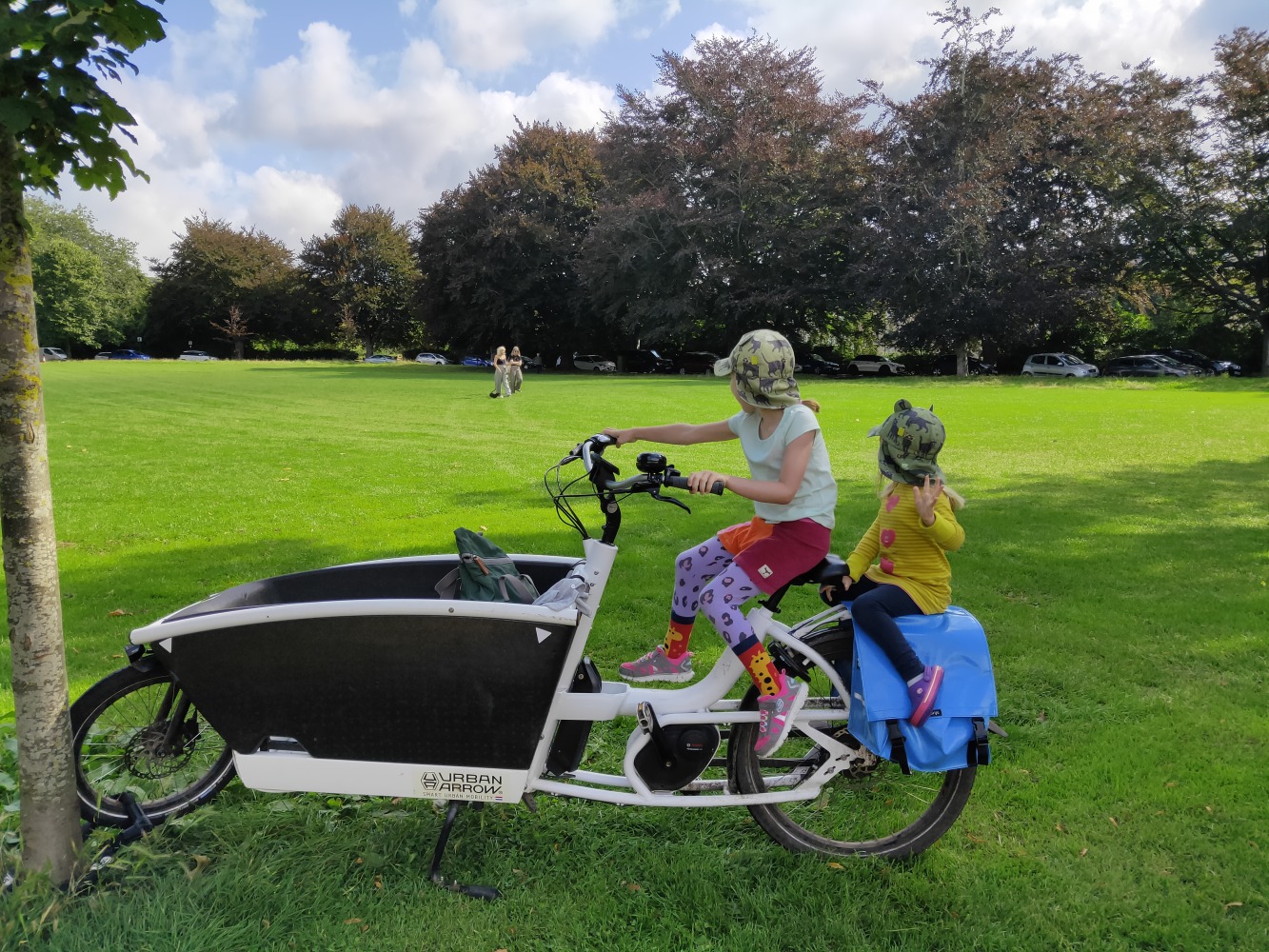 Urban Arrow Family review: the best electric box bike for families?
Urban Arrow Family review: the best electric box bike for families?
-
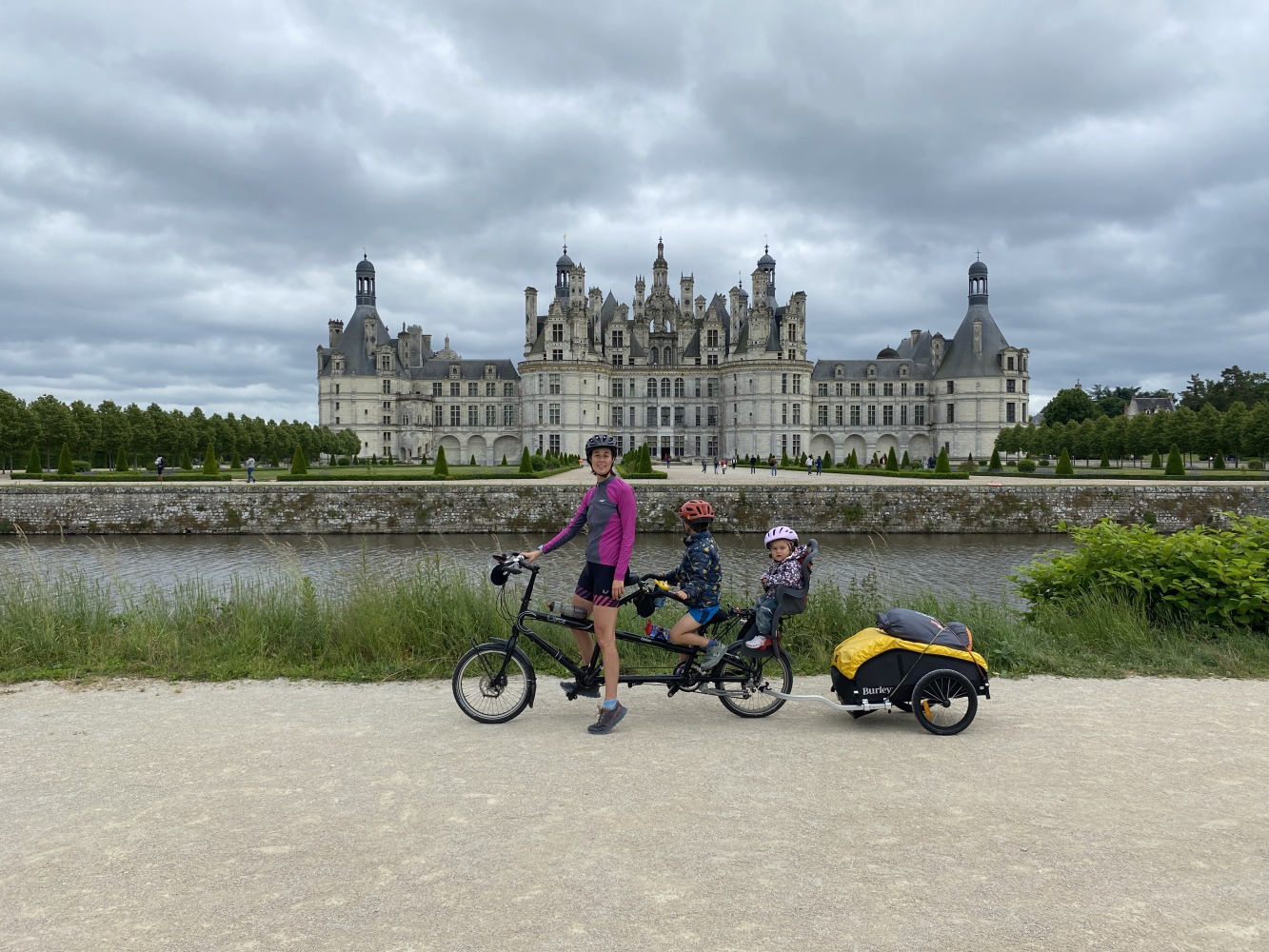 Burley Nomad Cargo Trailer review: A family touring essential
Burley Nomad Cargo Trailer review: A family touring essential
-
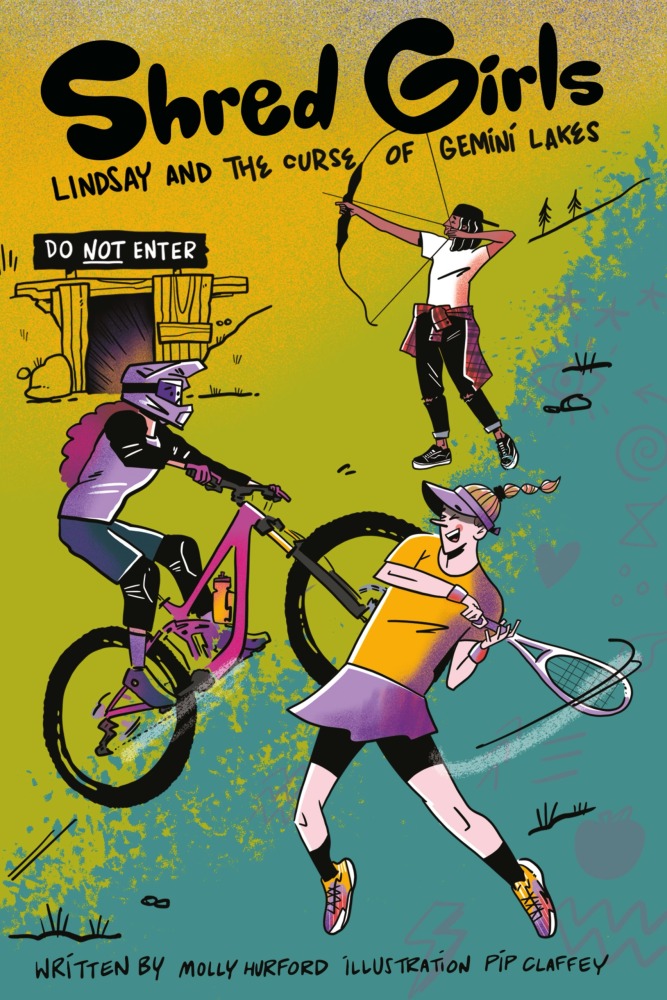 New book inspires teen girls to ride and read: Shred Girls series returns!
New book inspires teen girls to ride and read: Shred Girls series returns!
-
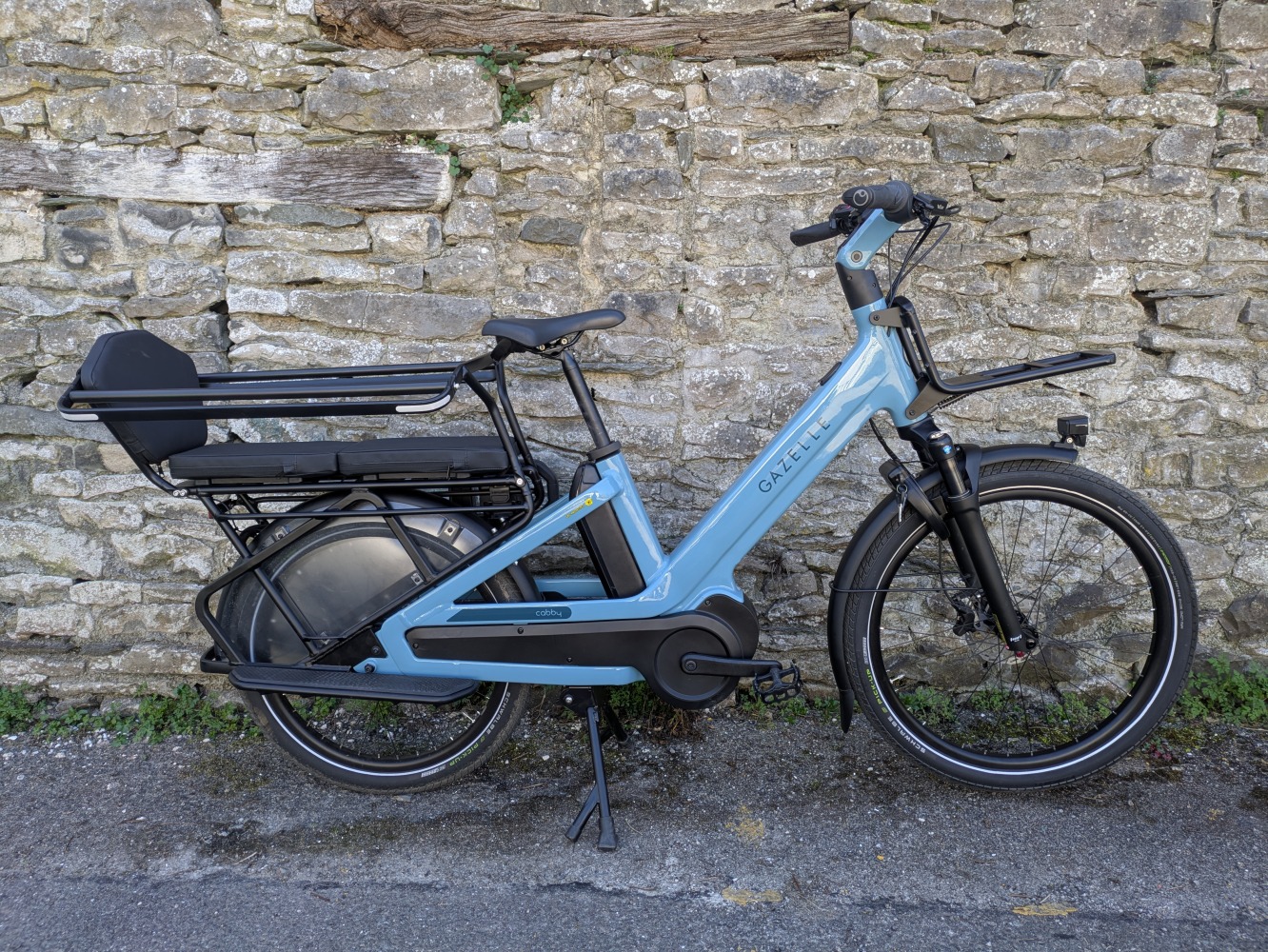 Gazelle Cabby – the new longtail e-cargo bike from Gazelle
Gazelle Cabby – the new longtail e-cargo bike from Gazelle
-
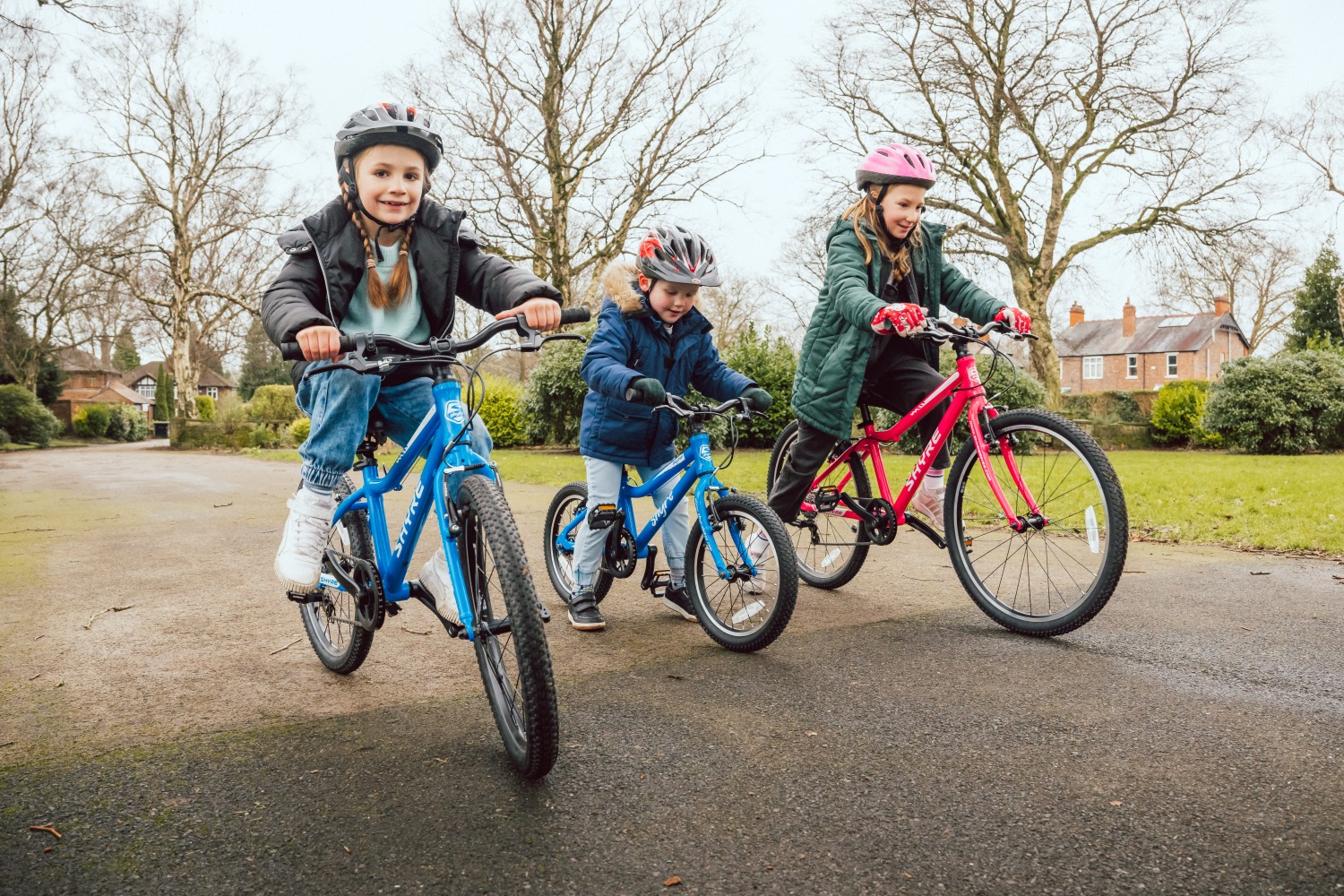 Shyre Bikes range overview: a new kids bike brand built for adventure
Shyre Bikes range overview: a new kids bike brand built for adventure
Giro Tremor MIPS Youth
Best for mountain biking
- Price: £64.99
- Size: 47-54cm
- Colours: Black, green, blue, purple
- Safety standards: EN 1078
- Weight: 315g
Buy if: Your child is serious on the trails and wants a bike helmet to match.
From a distance the Giro Tremor MIPS Youth looks like a top-end adult helmet, with nothing childlike about its style or features. That’s because Giro has taken all the features of its adult MTB range and applied it to a more compact shell for young off-road riders. This is especially useful if your youngster doesn’t want something that looks too babyish. It’s equipped with MIPS, high-quality buckles and adjusters, and while the MIPS lining could be better covered to avoid catching long hair, we found it hard to fault.
There’s more detail in our Giro Tremor MIPS Youth review.
Bell Sidetrack II MIPS Youth
Best overall kids’ helmet
- Price: £53.99
£64.99 - Size: 50-57cm
- Colours: Black, blue/green, orange/yellow
- Safety standards: CPSC, EN 1078
- Weight: 320g
Buy if: You’re happy to pay for the best quality helmet
The Bell Sidetrack II MIPS Youth packs in all the features you would expect from a top-end adult mountain bike helmet, but in a more compact package. The long peak is the type of design choice that will divide opinion, but the fit is good and the block colours keep things simple. The covered MIPS lining keeps hair snagging to a minimum, whilst giving an additional safety feature. This was a firm favourite with older kids in our helmet group test.
Read the Bell Sidetrack II MIPS Youth review for more.
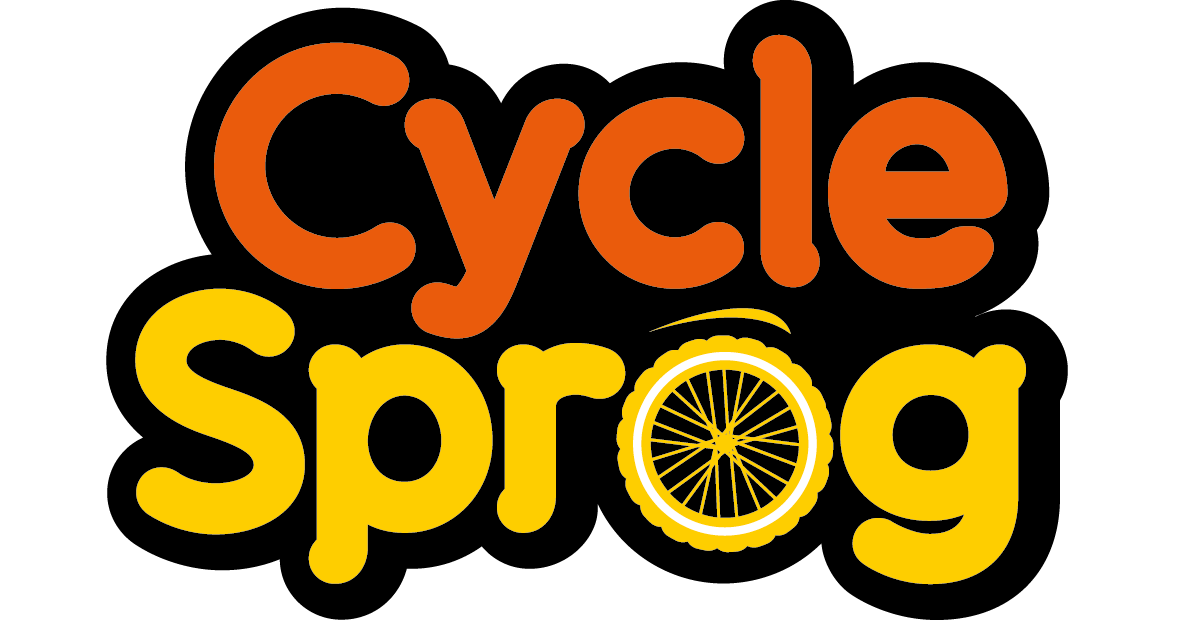
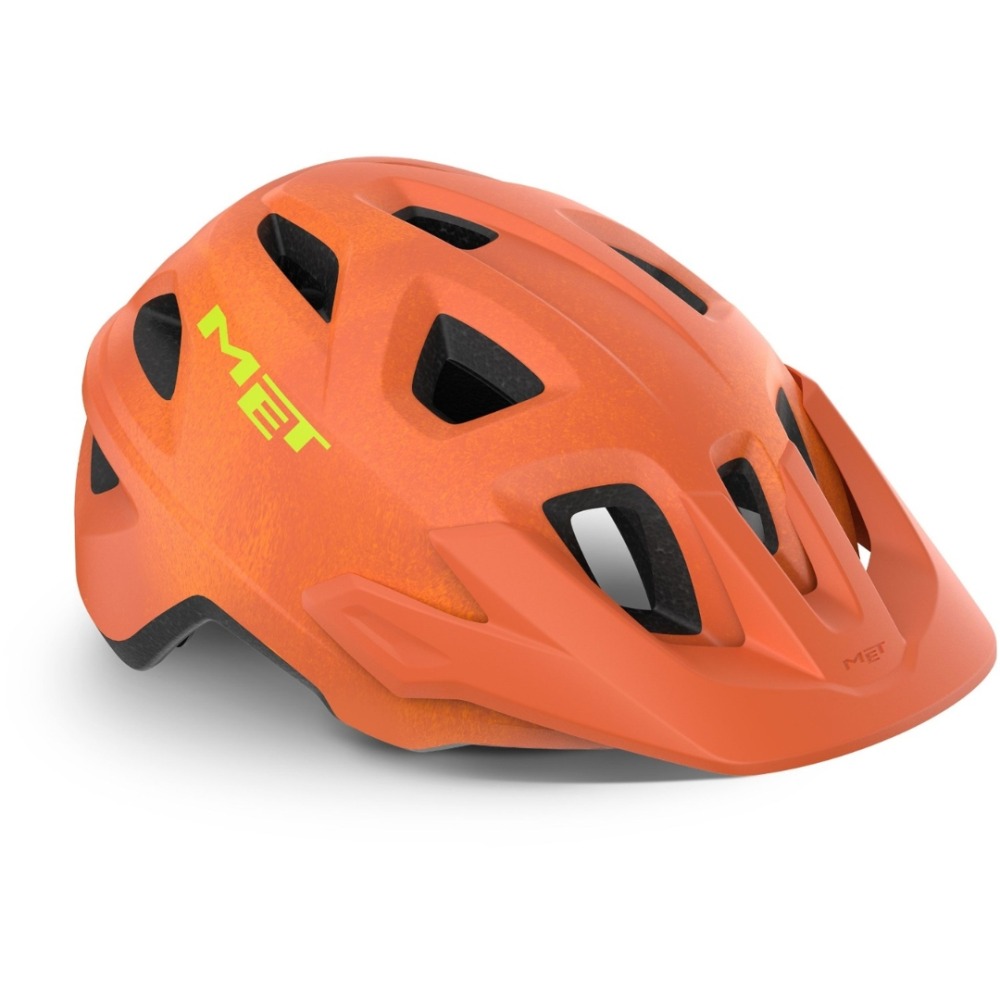
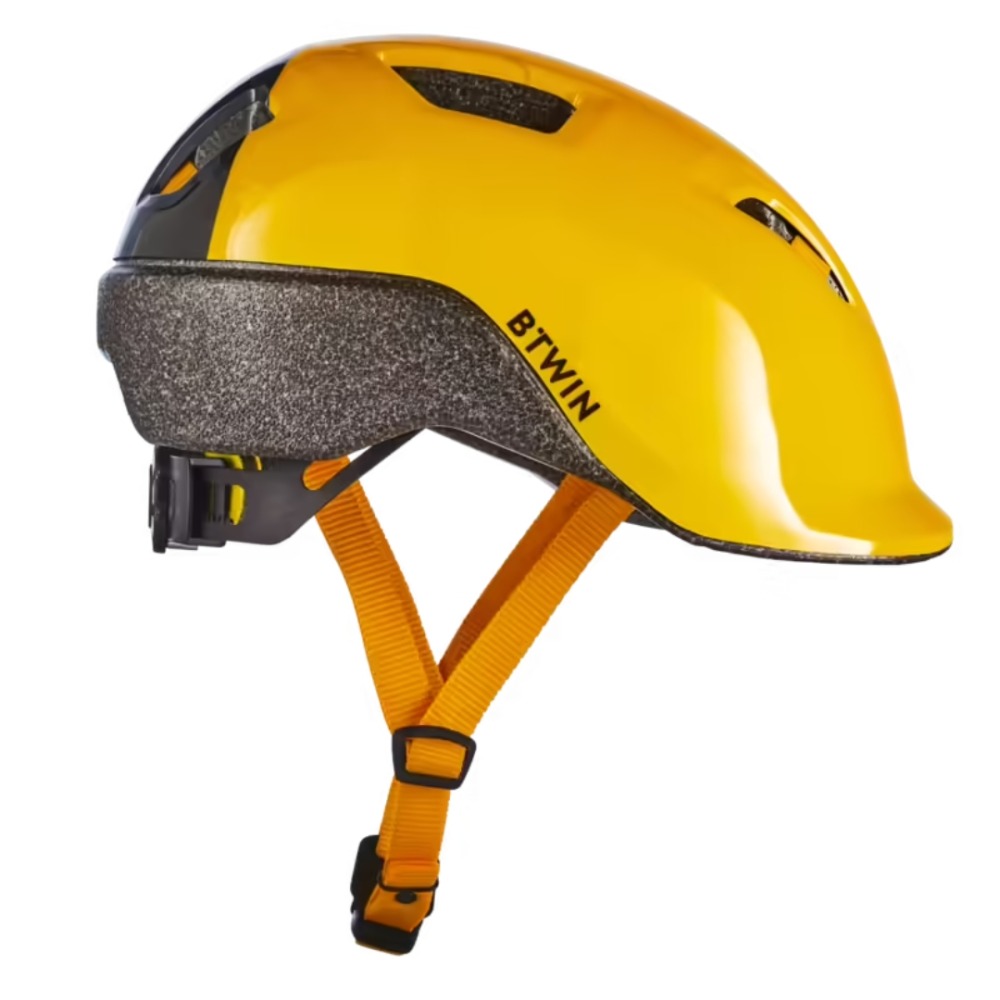

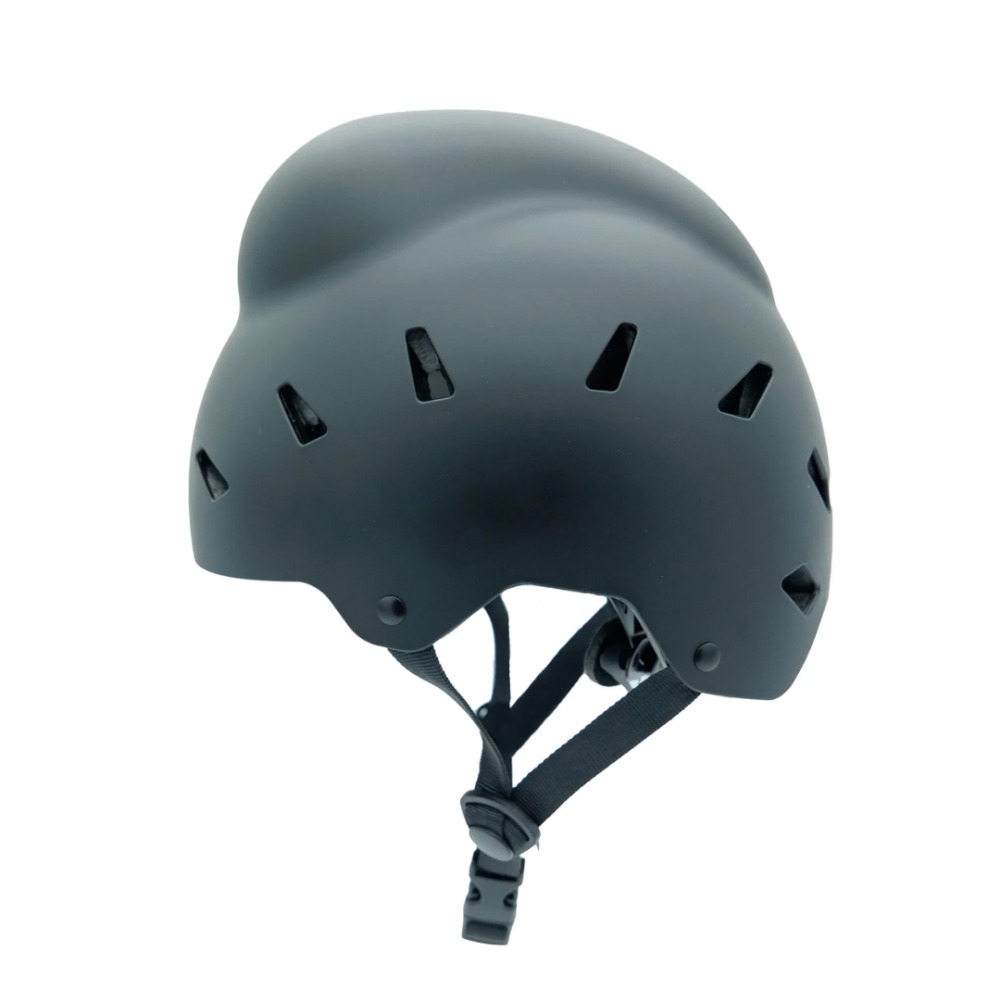





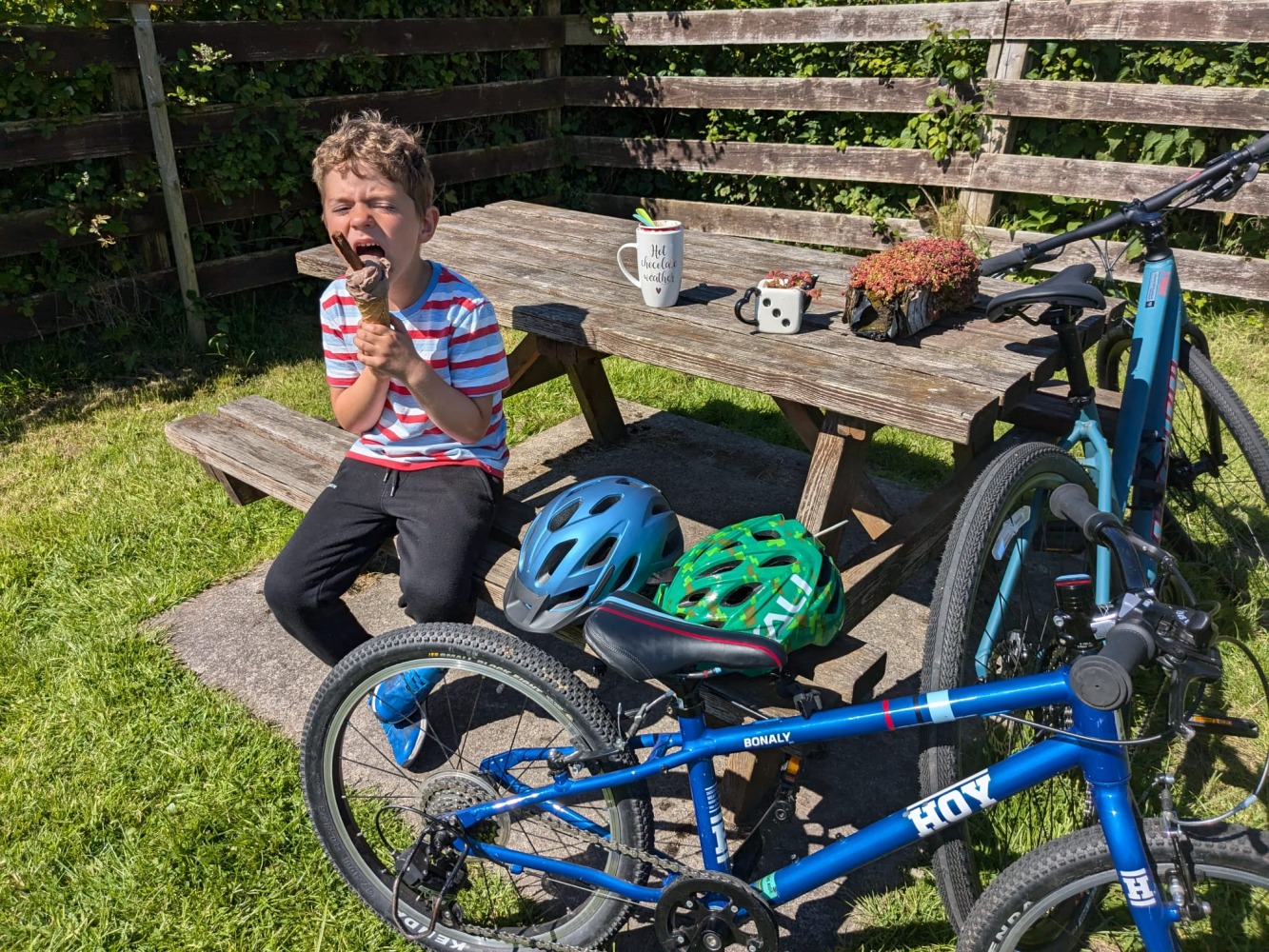
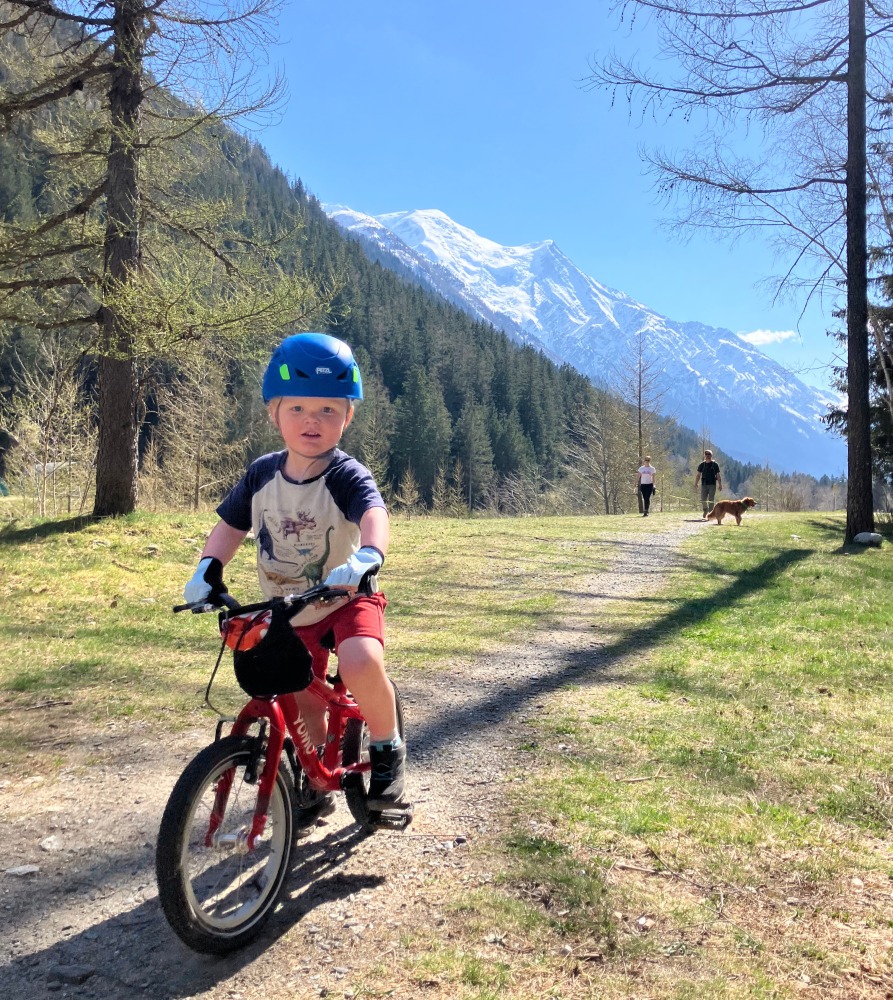
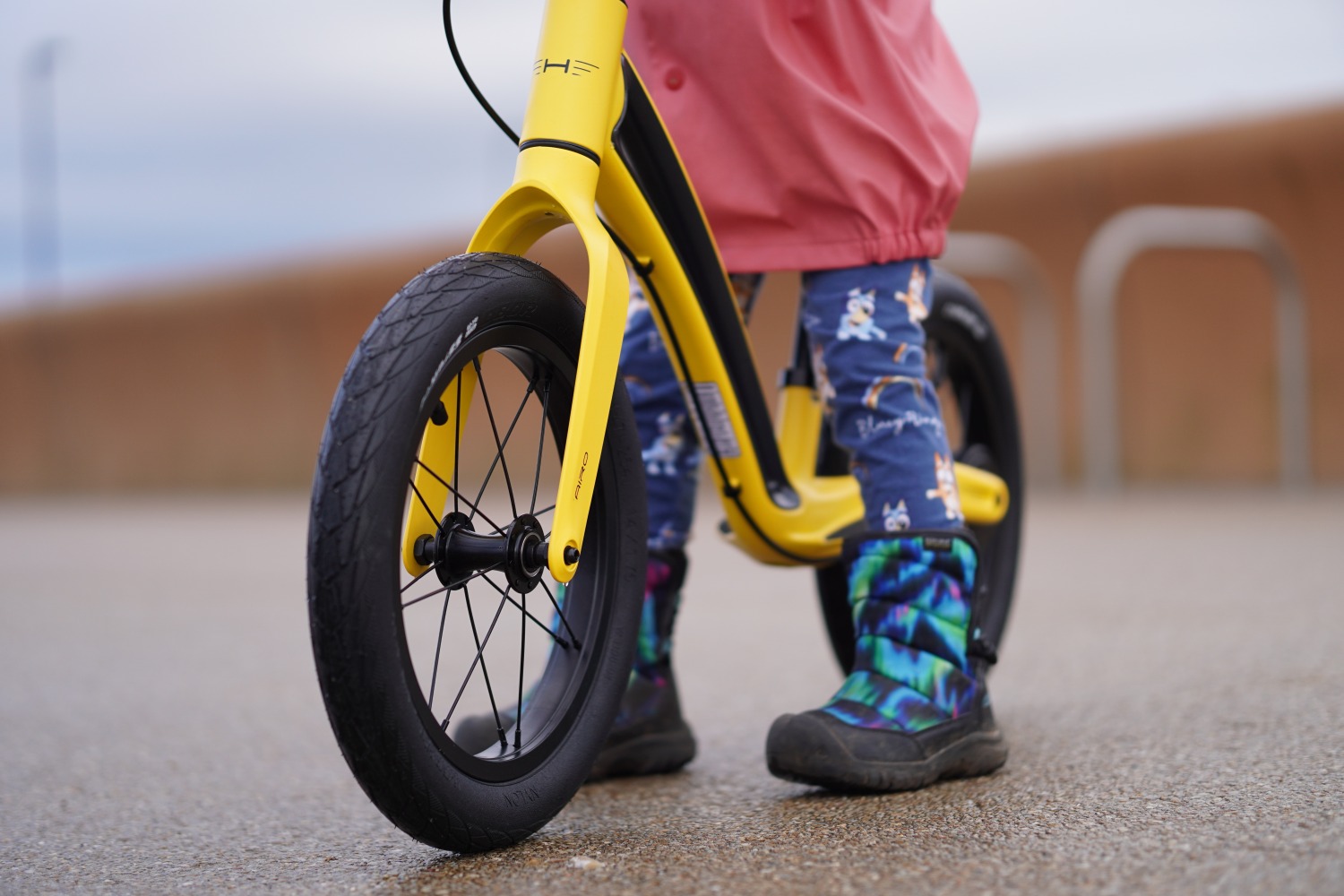
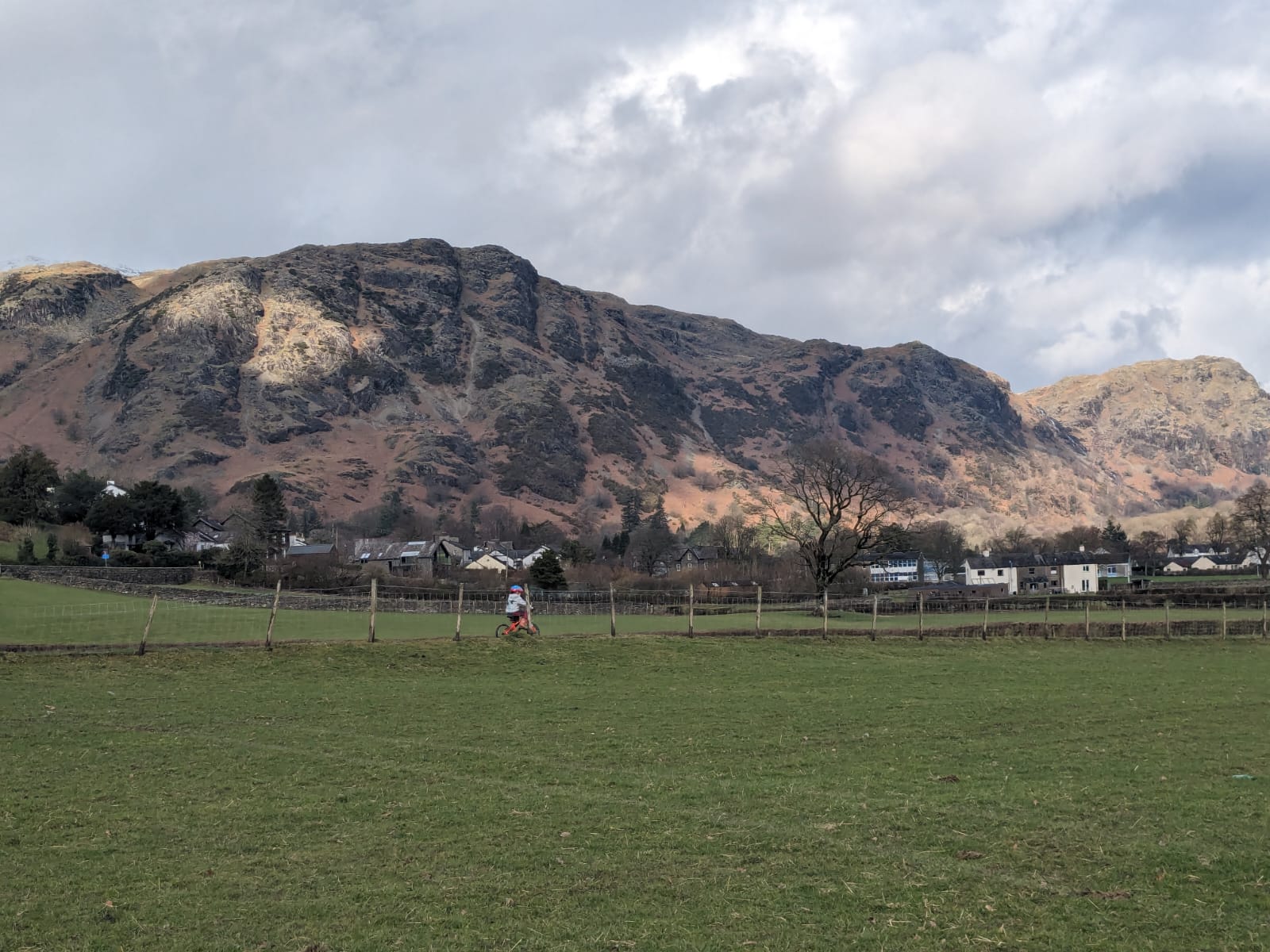
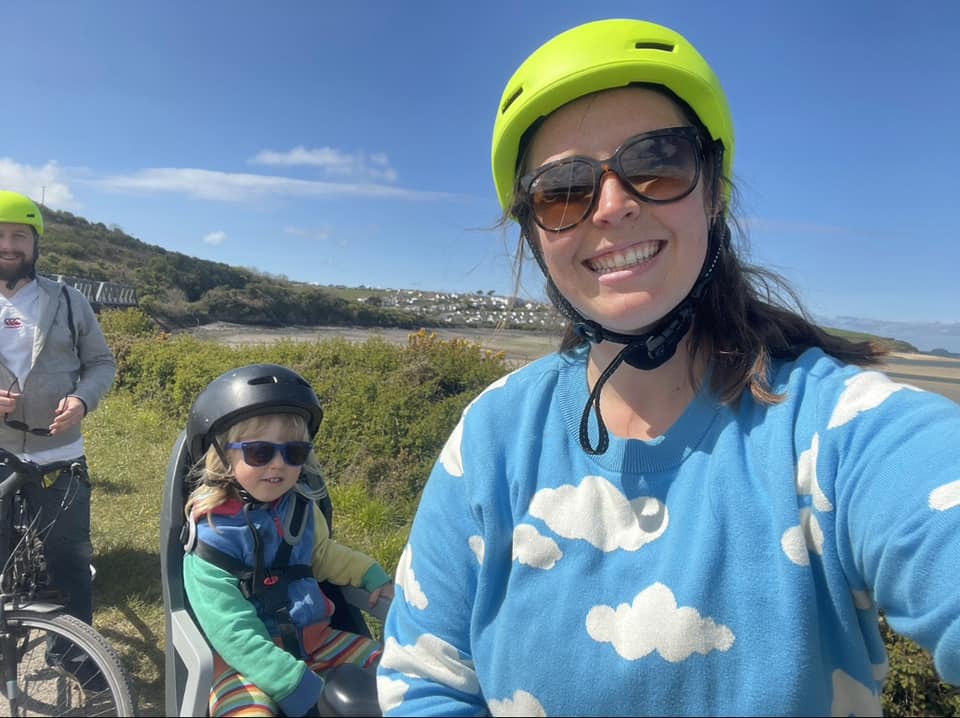
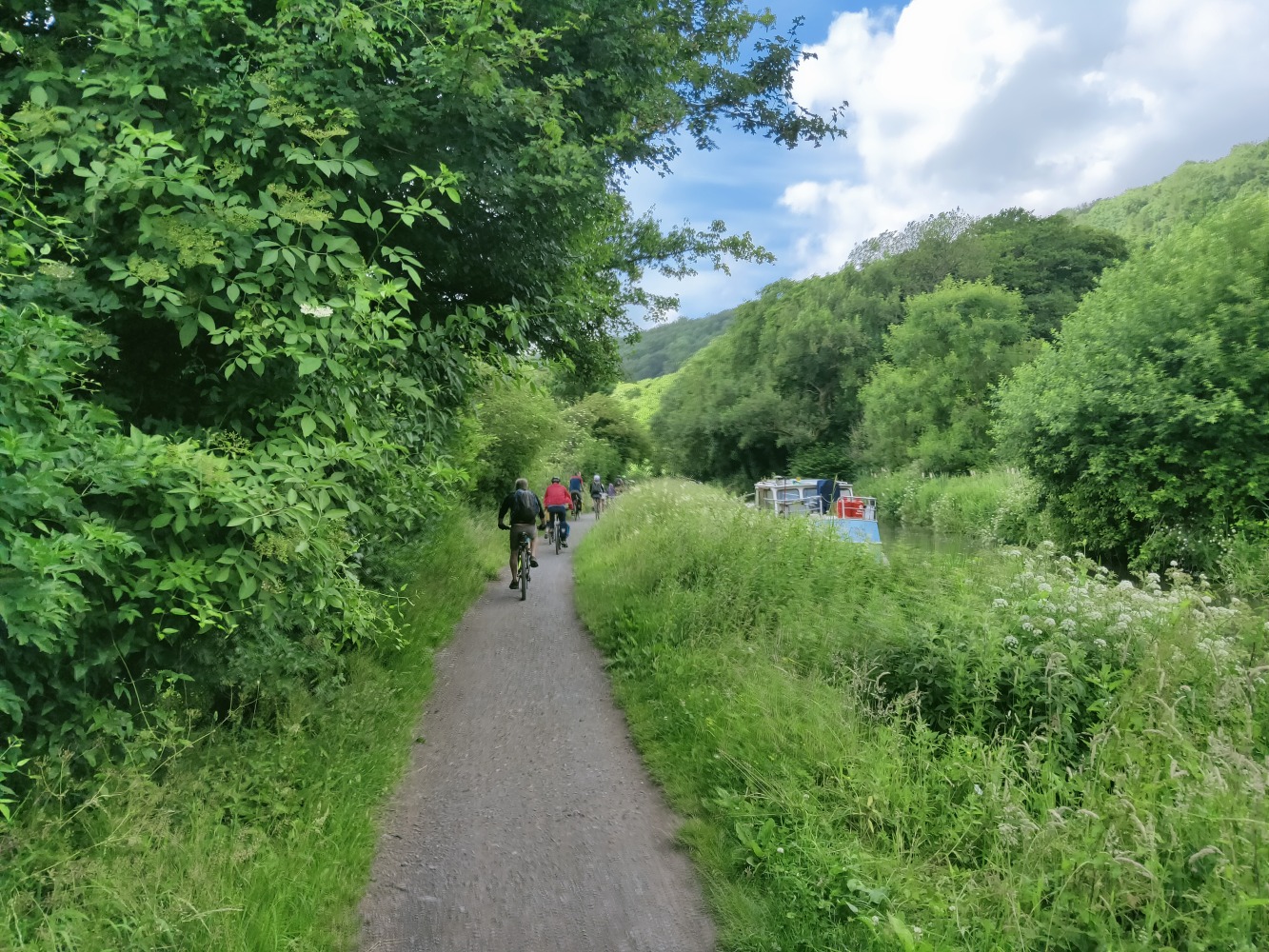
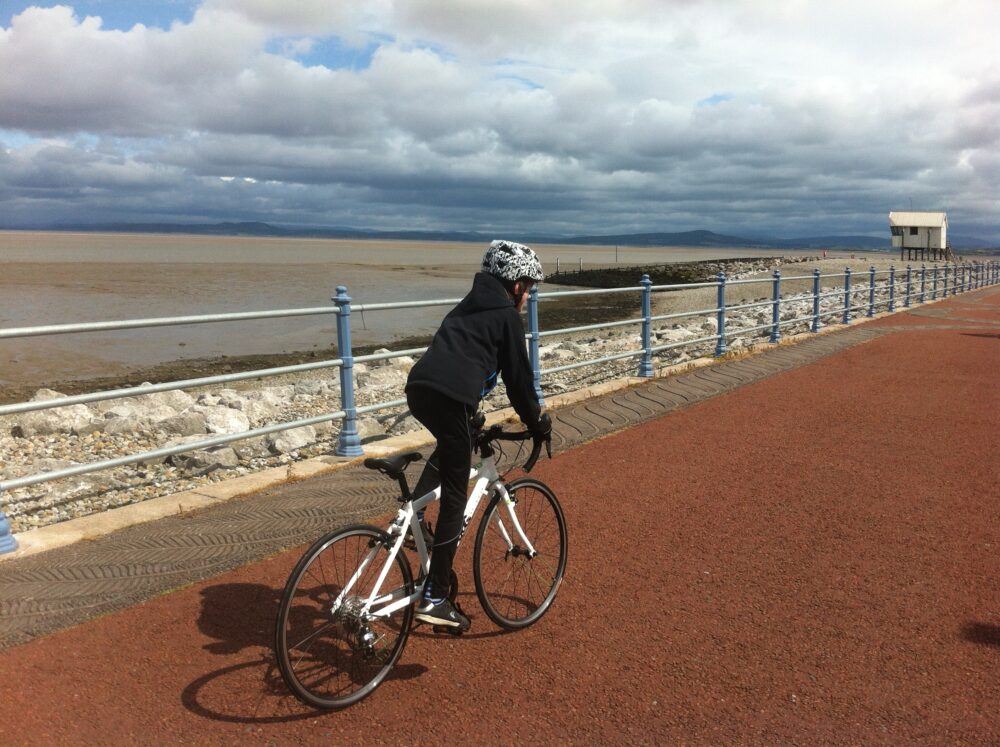
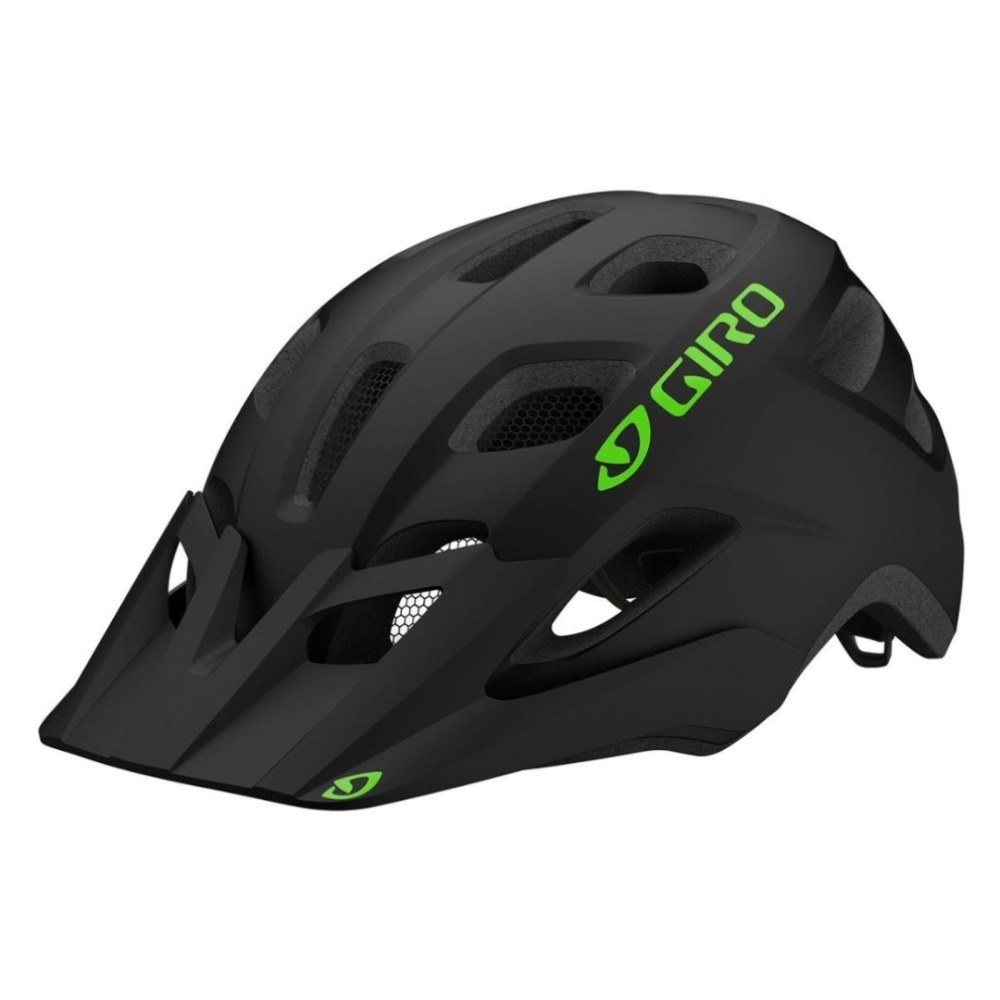
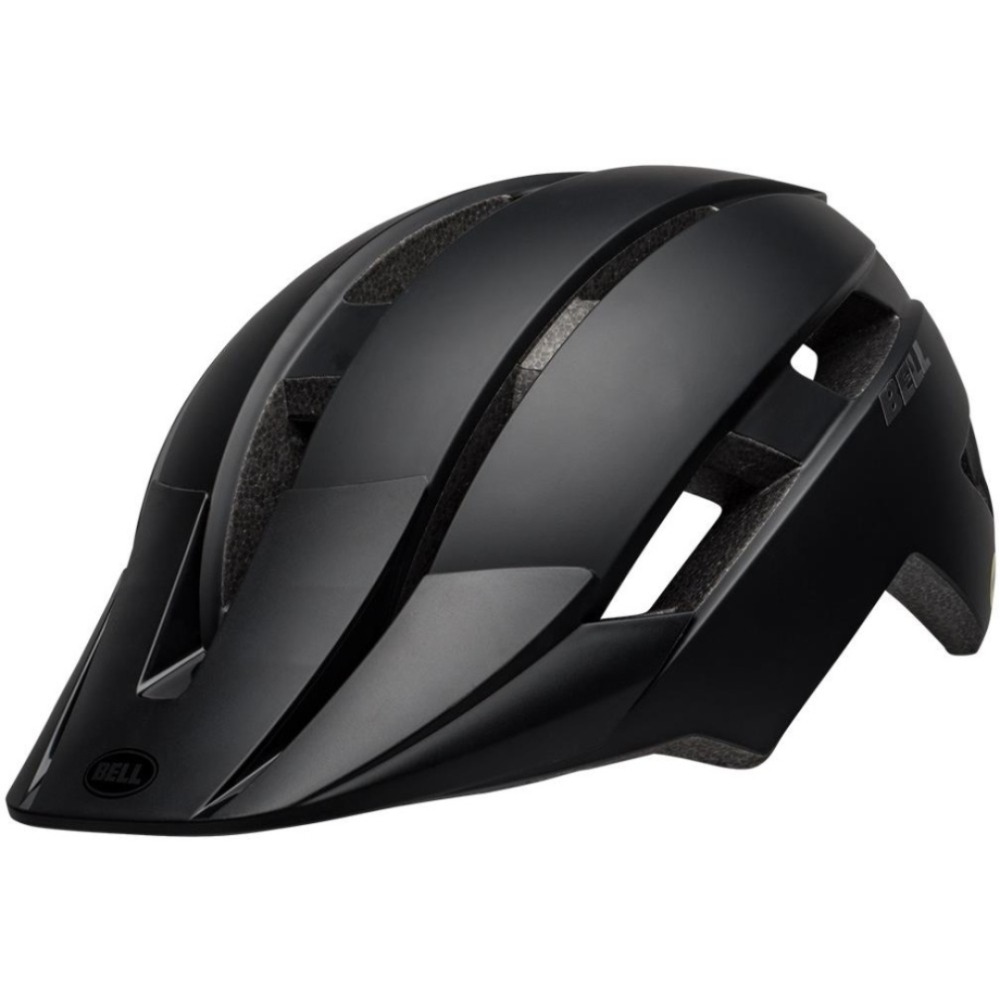
Comments